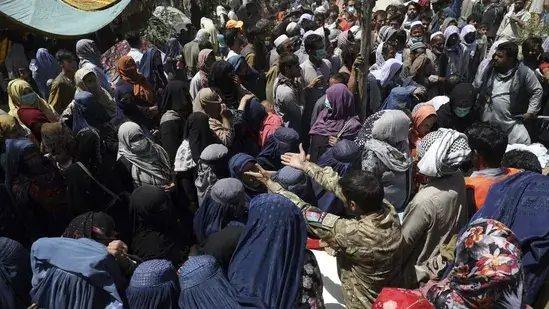
Afghanistan has faced unprecedented levels of hunger for over a year. Since September 2022, some nine in ten households have faced insufficient food consumption each month. This is more than The impending winter could cause food security to deteriorate even further, with weather conditions already disrupting some critical roads.
Household incomes have continued to shrink. For the fifth month in a row, over half of households have watched their incomes decrease. These losses are widespread, with households of varying education levels and urban/rural settings all equally affected.
This is forcing people to spend nearly all their income on food. For the past five months, households have been spending over 90 percent of their income on food. These levels are concerning all across the country, with expenditure highest in the North (93 percent) and lowest in the West (88 percent). This comes as the pressures of dwindling incomes and inflated prices push food further out of reach; wheat prices have jumped by over 20 percent compared to the previous year.
Female-headed households are disproportionately turning to coping strategies. Over eight in ten female-headed households (84 percent) are using crisis coping strategies, compared with half of male-headed households (50 percent). This marks a deterioration in the last month of 9 percentage points. When it comes to sacrificing food for the family, eight in ten female-headed households are reducing the number of meals, compared to four in ten male-headed households.



